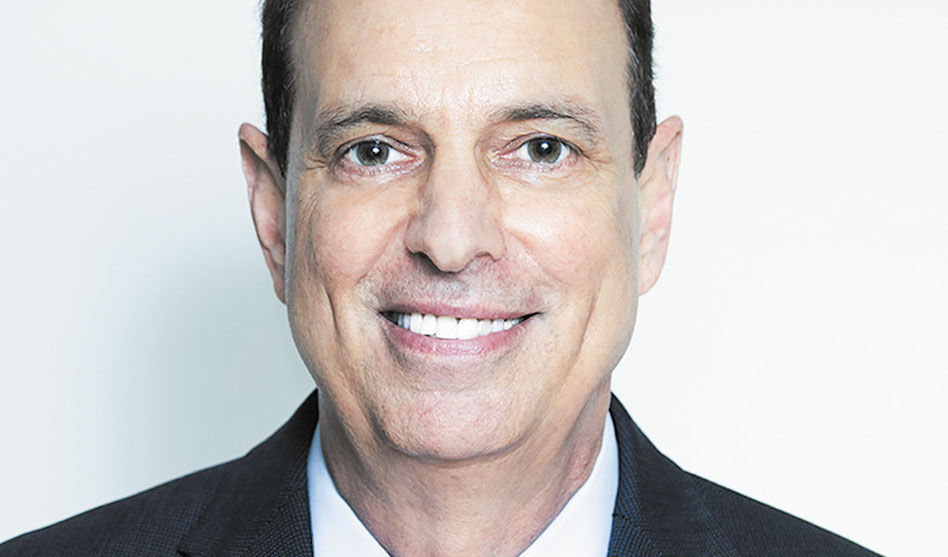Carl Schmid, executive director of the HIV+Hepatitis Policy Institute
U.S. House votes to cut spending for HIV/AIDS and hepatitis
DAVID TAFFET | Senior Staff Writer
Taffet@DallasVoice.com
The U.S. Senate Appropriations Committee took a bipartisan vote to maintain HIV and hepatitis prevention and treatment spending for 2025.
That contrasts with what House Republicans passed — a $700 million spending cut.
That funding includes the Ending the HIV Epidemic or EHE in the U.S. Initiative.
“While disappointed that Congress will not be providing the necessary funding to really end HIV or hepatitis in the United States, given the severe budget constraints, what the Senate has proposed will allow existing programs to at least continue,” said Carl Schmid, executive director of the HIV+Hepatitis Policy Institute, in a statement. “Now, for the benefit of the country, it is up to the House to act in a responsible manner and fund the federal government at the necessary levels in a timely fashion.”
Ending the HIV Epidemic in the U.S. (EHE) is a plan announced in 2019 during the Trump administration to end the HIV epidemic in the United States by 2030, according to the U.S. government website HIV.gov. Agencies across the U.S. Department of Health and Human Services developed a plan to achieve that goal and requested additional funding.
The plan combines HIV prevention programs with testing and treatment. The program’s early focus on 57 geographic areas gives those high-risk regions additional resources, expertise and technology to “implement locally tailored plans,” according to HIV.gov.
The entire state of Texas is included in the initial roll out.
The original goal was to reduce the number of new infections by 75 percent by 2025 and by 90 percent by 2030.
Although the new infection rate is down, the 2025 goal is not expected to be hit. The Centers for Disease Control reports a 12 percent decrease by 2022, the latest year for which complete statistics are available. The CDC credits an increase in HIV testing, medication that suppresses the virus in those with HIV who then don’t transmit the virus to others and use of PrEP to prevent transmission for the modest success.
In the Senate’s appropriation bill, $220 million would go to the EHE program, noting the need to increase access to PrEP. The bill tells the CDC it needs to build an equitable national program to make PrEP more readily available.
Funding for community health centers that are carrying out PrEP programs remains at $157 million and $165 million in Ryan White money is extended to bring more people into care and treatment.
The Ryan White HIV/AIDS Program would remain funded at $2.57 billion. The CDC’s HIV prevention programs would remain level with $794 million. So would The Minority HIV/AIDS Fund at $60.
The Senate had already passed funding for HOPWA or Housing Opportunities for Persons with AIDS including a $19 million increase to $524 million.
Funding for the CDC’s hepatitis division would also remain level at $43 million. Hep C is a blood-borne virus which can be spread sexually like HIV. There are treatments to cure the disease.

